12 Water Pollution Facts and Statistics in The UK: Updated In 2025
-
Pete Ortiz
- Last updated:
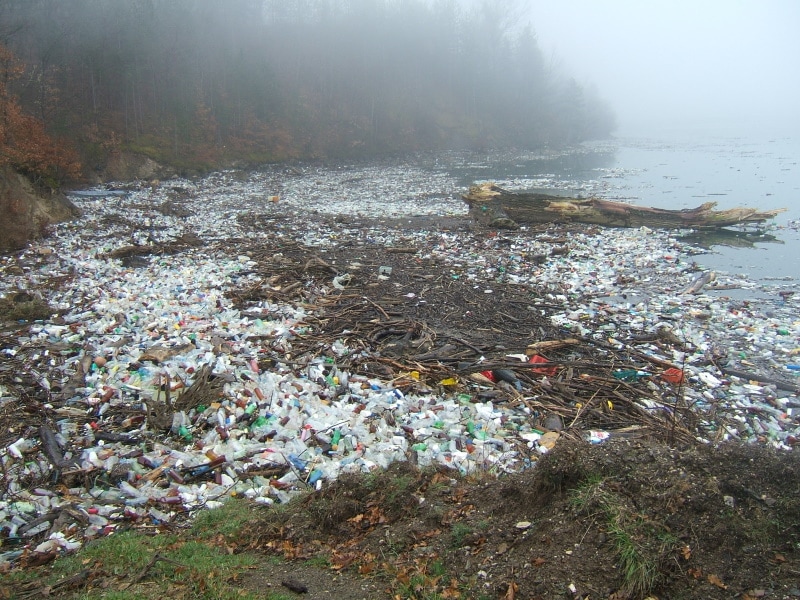
Note: This article’s statistics come from third-party sources and do not represent the opinions of this website.
The UK has thousands of miles of rivers and coastline and while these should provide a great place to swim, play, and take part in water-based activities, many are badly polluted and have been deemed unfit for that purpose. What’s more, high levels of pollution in some waterways are putting the lives of fish and other wildlife that rely on the water at risk. However, not all the news is bad. Improvements have been made over the past 20 years or so with more than 98% of the country’s coastline meeting the minimum standard for bathing. And, in Scotland, around two-thirds of the rivers are considered to be in a good state.
Below are 12 water pollution facts and statistics in the UK including information on the most common causes of pollution and the potential dangers of those levels.
Click below to jump ahead:
The 12 Water Pollution Facts and Statistics in the UK
- Serious water pollution incidents have fallen by nearly 67% since 2002.
- 98.3% of coastlines met the minimum standard for bathing in 2019.
- 66% of Scotland’s rivers are considered to be in good condition.
- Only 14% of England’s rivers are considered to have Good Ecological Status.
- 43% of people believe the UK’s waterways are in good condition.
- The average UK resident uses 140 litres of water a day.
- Fertiliser and pesticides used in agriculture are responsible for 40% of England’s water pollution.
- Untreated sewage from water companies is responsible for 35% of water pollution.
- Nearly 90% of 20,000 licensed sewer overflows discharge into the rivers.
- 10% of water species are at risk of extinction because of pollution.
- Bathers are just as likely to get ill from seawater now as they were in the 1990s.
- 88% of people believe the UK’s waterways to be a national treasure.
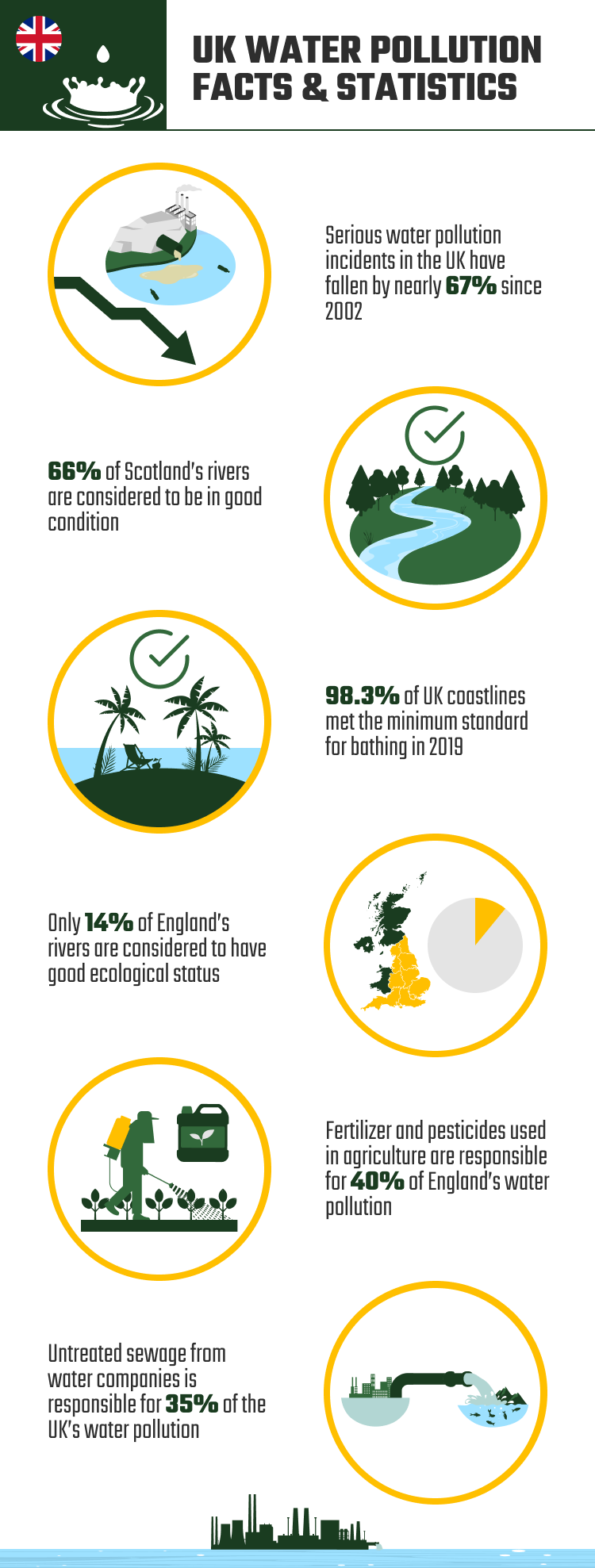
The Good
1. Serious Water Pollution Incidents Have Fallen by Nearly 67% Since 2002.
(Environment Agency)
Water pollution incidents can occur in rivers and the ocean. They are either investigated after being reported by the public, by third parties, or after a spot check by the environment agency. The number of serious water pollution incidents is reported annually. Between 2002 and 2019, which is the last year that figures have been published, the number of serious incidents dropped from 765 to 266.
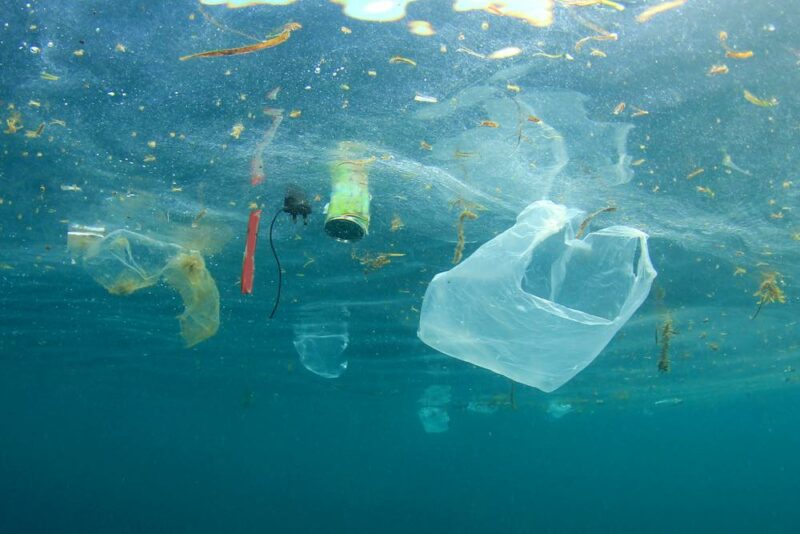
2. 98.3% Of Coastlines Met the Minimum Standard for Bathing In 2019.
(Environment Agency)
The waters around the UK’s beaches and coasts are measured for their cleanliness and pollution levels and are then graded according to whether they are safe for bathing. 98.3% met or exceeded the minimum required standard in 2019. 70% attained an “Excellent” standard.
3. 66% Of Scotland’s Rivers Are Considered to Be In Good Condition.
(BBC)
Water pollution levels vary across the UK, especially in the rivers. Scotland has the best figures: 66% of the country’s rivers are considered to be in good condition or better. 40% of Wales’s rivers meet this standard and 33% of Northern Ireland. England is the worst performing of the home nations and just 14% of the rivers there are considered to be in at least good condition.
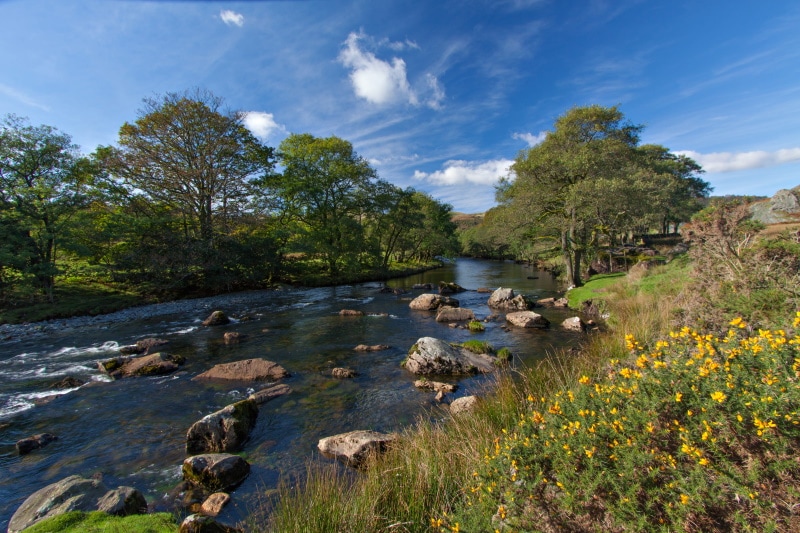
The Bad
4. Only 14% Of England’s Rivers Are Considered to Have Good Ecological Status.
(Environment Agency)
While some water pollution and water quality figures have improved, this isn’t true across the board. 14% of England’s rivers have a Good Ecological Status. And the problem is worse for rivers near or in cities and deprived areas. People in these areas live within 600m of a waterway with poor standards. This likely is because poor and deprived communities tend to be closer to sewage treatment works and heavy industry.
The government has established a 25-year Environment Plan which aims to ensure that 75% of the country’s waterways are close to being in their natural state, but there is a long way to go before achieving this target.
5. 43% Of People Believe the UK’s Waterways Are in Good Condition.
(The Guardian)
Despite the seemingly poor condition of the country’s waterways, however, many people believe that the situation is a lot better than it currently is. When asked about the UK’s rivers, 43% of residents said that they believe the nation’s waterways to be in good condition.
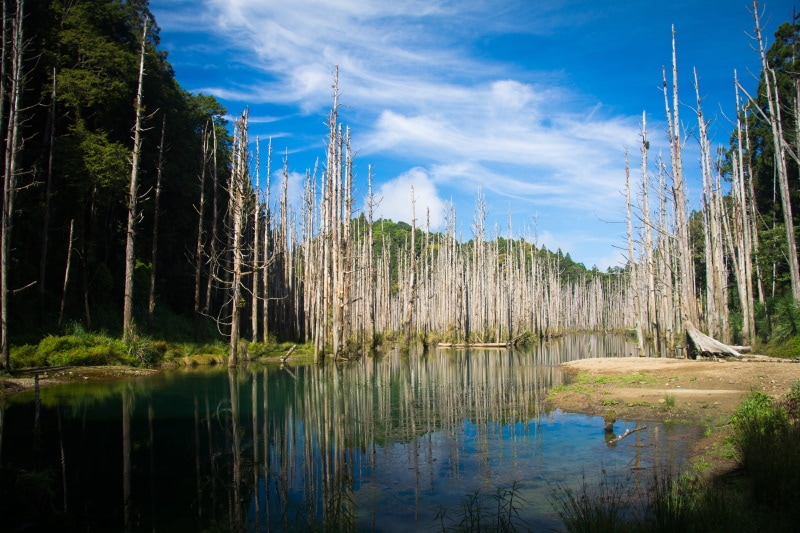
Pollution Causes
6. The Average UK Resident Uses 140 Litres of Water a Day.
(IFM)
Every individual in the UK uses an average of 140 liters of water per day. This includes water for drinking, used for cooking, bathing, and washing, as well as for cleaning clothes and for flushing toilets. As the population increases and the amount of water used increases, the systems required to clean and filter water become more complex and have more work to do to ensure clean water supplies.
7. Fertiliser and Pesticides Used in Agriculture Are Responsible for 40% Of England’s Water Pollution.
(IFM)
There are several causes of pollution in UK rivers and seas. The single biggest cause is that of fertiliser and pesticides that run off from farms and into rivers. This accounts for 40% of the pollution found. These products are often chemical based and they not only pose a hazard to people but to wildlife and flora and fauna.
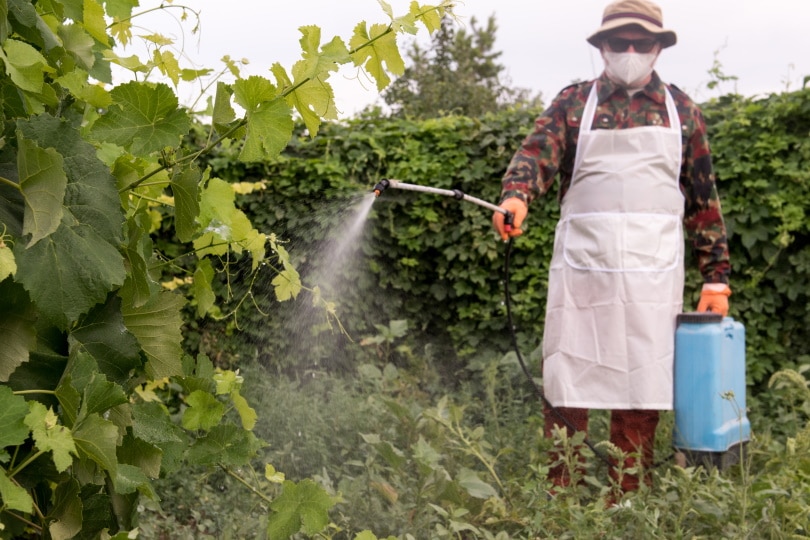
8. Untreated Sewage from Water Companies Is Responsible for 35% Of Water Pollution.
(BBC)
The second biggest cause of pollution in our waters is untreated sewage from water companies. Typically, this occurs through storm overflow discharges. These discharges are permitted, and this means that when water levels reach or pass a certain level, excess sewage is drained into rivers and lakes. This is done to prevent the excess sewage from flowing into the streets and houses, but it puts a serious strain on waterways.
The sewage creates toxins, once in the rivers, that can kill fish and other inhabitants of the rivers, and it can also lead to illness in dogs, other wildlife, and even people that drink from or get in the river.
9. Nearly 90% Of 20,000 Licensed Sewer Overflows Discharge into The Rivers.
(SAS)
In total, there are more than 20,000 licensed sewer overflows that discharge excess sewage and approximately 90% of them discharge untreated sewage into rivers. Part of the problem is that no rivers in the UK have been designated as bathing areas, whereas there are 400 designated bathing areas in coastal waters. Sewer overflows cannot be placed in bathing waters, and because there are none in rivers, this means that the majority of overflows are found in our rivers.

Risks and Concerns
10. 10% Of Water Species Are at Risk Of Extinction Because Of Pollution.
(WWF)(IFM)
The World Wildlife Fund estimates that a third of all freshwater fish are at risk of extinction due to pollution, and this is as big a problem in the UK as it is in a lot of other countries. It is estimated that around 10% of water species including fish and other animals are at risk of extinction because of high levels of potentially dangerous pollution.
11. Bathers Are Just as Likely to Get Ill from Seawater Now as They Were in The 1990s.
(SAS)
Pollution was a major problem in the 1990s when the Environment Agency took action to try and reduce pollution in the seas. And, while some figures show that improvements have been made, bathers are just as likely in 2022 to get ill from the seawater as they were in the 1990s.
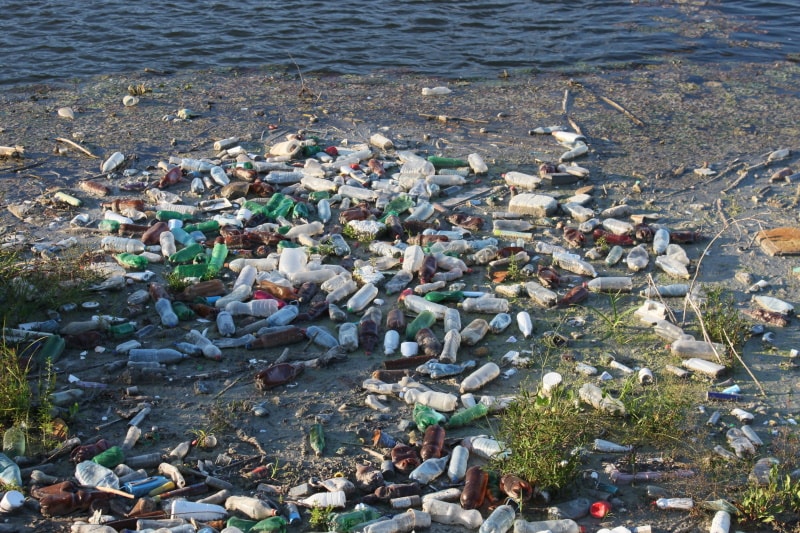
12. 88% Of People Believe the UK’s Waterways to Be a National Treasure.
(The Guardian)
The UK’s rivers and coastal waters are important, and the country’s residents believe so, too. In one survey, 88% of people asked said that they believe the country’s waterways to be a national treasure that should be protected and nurtured.
Frequently Asked Questions
How much of UK water is polluted?
It’s unclear exactly how much of the country’s coastal waters are polluted but when it comes to rivers, just 14% are said to be in good ecological condition, which means that 86% are below this standard.
What are the main sources of water pollution in the UK?
There are three main sources of water pollution in the UK. 40% of river pollution comes from run-off from agricultural land and includes traces of fertiliser and pesticides. 35% of pollution comes from untreated sewage from water companies while 18% comes from run-off from roads, towns, cities, and buildings and can contain contaminants such as oil. There are other sources, including those that we do not really understand yet. Industrial sites and waste plastic are two such pollution sources.
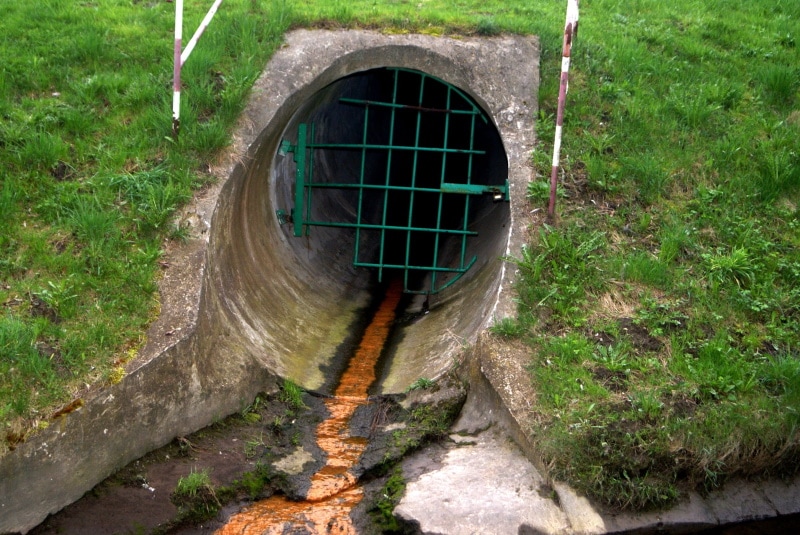
Is UK tap water clean to drink?
UK tap water is said to be some of the cleanest tap water in the world. It has a quality rating of 99.96%. It is regularly tested for bacteria including E. coli, and water is tested at various sites across the country regularly. It is also worth noting that bathroom tap water is considered as safe as kitchen tap water because it comes from the same supply unless there are signs stating otherwise. (Brita)
Are UK rivers clean enough to swim in?
Considering only 14% of the country’s rivers are considered to be of a good standard by the Water Framework Directive, people are generally advised not to swim in the UK’s rivers. No rivers have been designated as bathing waters which means that the bathing quality of the rivers is not monitored or measured either.
Conclusion
The UK has thousands of miles of rivers and coastal waters and while some improvements have been seen in water quality and pollution levels, there are still some concerning statistics. For example, only 14% of the rivers are considered to be of a good ecological standard and no river water has been designated as bathing water which means the rivers are not monitored or measured for this purpose. Pollutants include fertiliser, pesticides, sewage overflow, and oil from town run-offs.
Featured Image Credit: Piqsels
Contents




